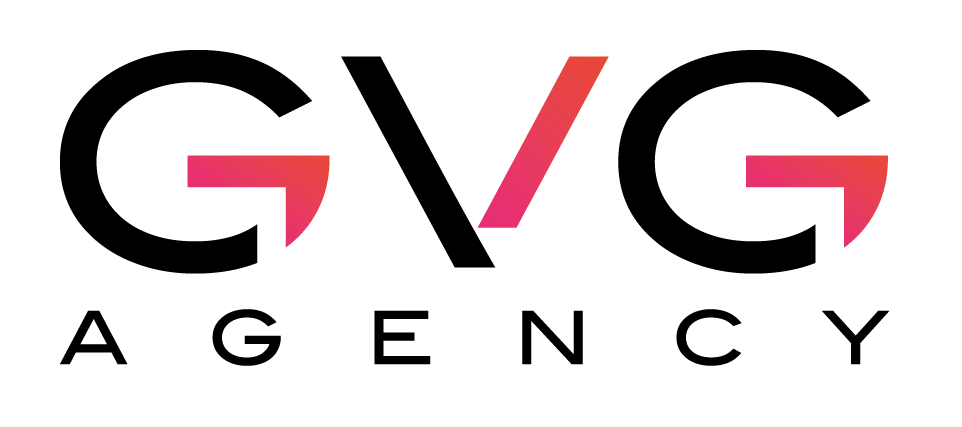Unlocking Growth: Digital Marketing Strategies for Scaling Fintech Ventures
- Steven Le Vine
- Sep 5, 2024
- 3 min read
Over the years, we’ve worked with various fintech ventures – from burgeoning startups to VC-backed, growth-stage ventures. Scaling a fintech venture in today’s fragmented, competitive marketplace takes more than just innovative products—it requires a savvy, targeted approach to digital marketing. To stand out and grow, fintech teams should leverage digital strategies that attract customers, build brand awareness, and drive business expansion. Here’s a look at some of these strategies tailored for fintech startups, or any tech-focused startups looking to grow.

1. Create a Customer-Centric Content Marketing Strategy
Educate Your Audience: Fintech products can be complex, and customers often need help understanding how they work. Develop educational content—such as blog posts, videos, and webinars—that breaks down industry jargon and addresses common pain points. This not only builds trust but also establishes your brand as a go-to resource. Robinhood did this by tapping into the millennial market by creating easy-to-understand consumable content about stock trading. Through their blog, social media, and in-app tutorials, they made finance accessible, which played a key role in their rapid growth among younger, less experienced investors.
2. Use Data-Driven Targeting and Personalization
Segment Your Audience: Use data to understand your audience and create segments based on demographics, behavior, and preferences. This allows you to craft personalized marketing campaigns that resonate more deeply with each group.
Personalized Emails: Tailor your email campaigns to speak directly to the needs of different segments. For example, a fintech venture offering both personal loans and investment services could send personalized content to borrowers and investors separately, addressing their specific concerns and interests.
PayPal used data-driven insights to tailor its marketing campaigns as it expanded globally. By understanding the unique preferences of users in different regions, PayPal was able to launch targeted campaigns that resonated locally, helping them scale quickly in diverse markets.
3. Maximize Social Media and Influencer Marketing
Engage with Your Audience: Social media is crucial for reaching a tech-savvy audience. Regularly post valuable content, respond to questions, and engage in industry conversations on platforms like LinkedIn, X, and Reddit to build a loyal following.
Partner with Influencers: Collaborate with influencers who have credibility in the fintech space. Their endorsement can help you reach a wider audience and build trust. Make sure to choose influencers whose values align with your brand and whose followers match your target market.
As an example, Cash App successfully grew its user base by partnering with social media influencers. Through targeted campaigns on Twitter and other platforms, they increased visibility and drove downloads, particularly among younger users.
4. Run Paid Search Campaigns
Invest in Paid Search: Complement your SEO efforts with paid search campaigns on Google Ads. These campaigns help you target specific keywords and demographics, ensuring that your brand appears at the top of search results when potential customers are searching for fintech solutions.
An example of this is how NerdWallet scaled its business by focusing on SEO and paid search. Their content-rich website, optimized for search engines, combined with targeted Google Ads campaigns, attracted millions of users seeking financial advice and tools.
5. Leverage Data Analytics and A/B Testing
Track Your Success: Use analytics tools to monitor the performance of your digital marketing efforts. Key metrics to watch include website traffic, conversion rates, customer acquisition costs, and lifetime value. Regular analysis will help you identify what’s working and where you can improve.
Test and Optimize: Continuously test different versions of your marketing materials—whether it’s ads, emails, or landing pages—to see which performs best. A/B testing helps you refine your campaigns for maximum impact.
Stripe used data analytics and A/B testing to fine-tune its marketing campaigns. By experimenting with different messaging and designs, Stripe was able to optimize its conversion rates and reduce customer acquisition costs.
6. Explore Affiliate Marketing and Strategic Partnerships
Affiliate Marketing: Expand your reach by partnering with affiliates who can promote your fintech products in exchange for a commission on sales or leads. This approach can be especially effective if you work with websites, bloggers, and influencers with a strong niche following.
Form Strategic Partnerships: Collaborate with complementary businesses to co-market products and services. For instance, a fintech startup offering financial planning tools might use a popular budgeting app to cross-promote their offerings.
Acorns used affiliate marketing and strategic partnerships to grow its user base. By teaming up with financial bloggers and influencers who promoted the app, Acorns quickly became a leader in the micro-investing space.
To scale a fintech startup successfully, you need a digital marketing strategy that’s both well-rounded and highly targeted. Companies like Robinhood, PayPal, and Stripe show how effective digital marketing can drive business expansion. As you implement these strategies, remember that understanding your audience, staying adaptable, and consistently delivering value are key to achieving sustained growth in the competitive fintech landscape.
By Steven Le Vine, President and Co-Founder at GVG Agency.





Comments